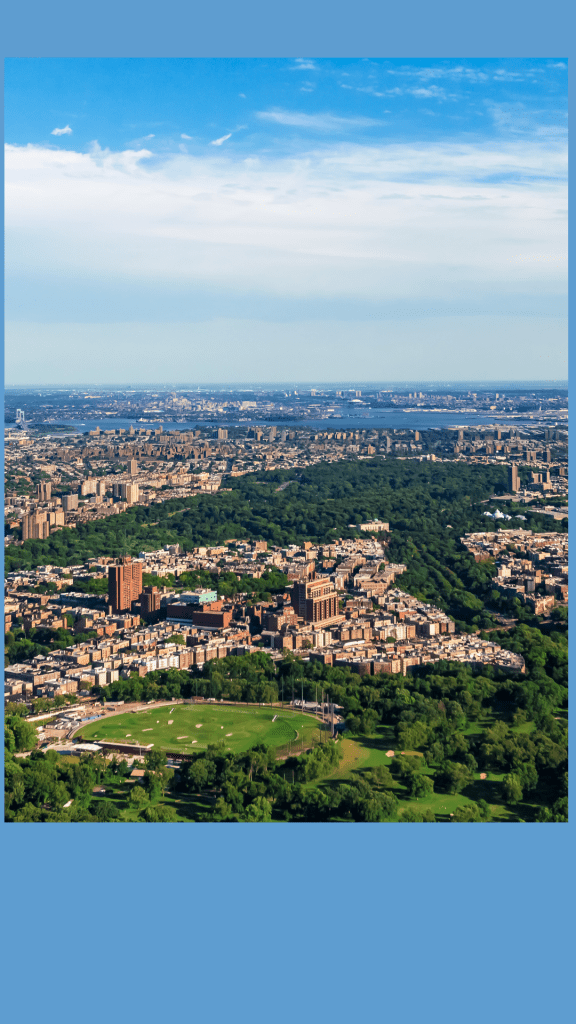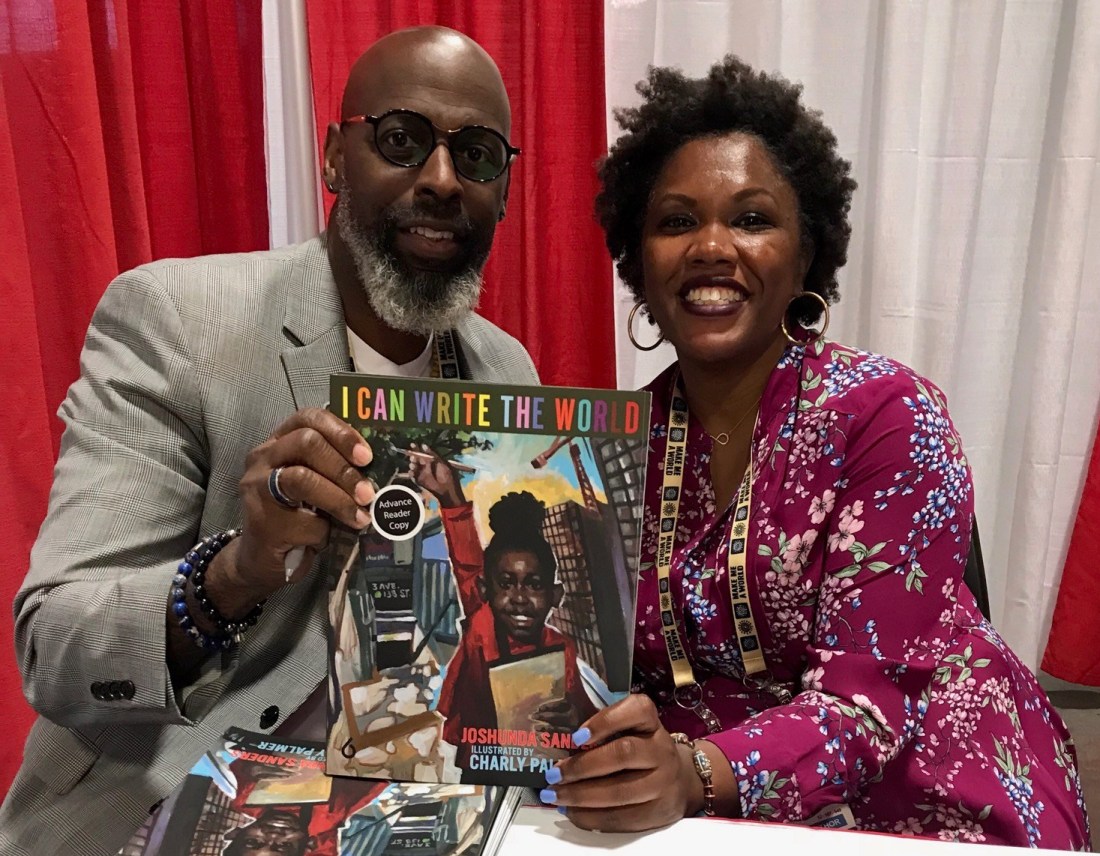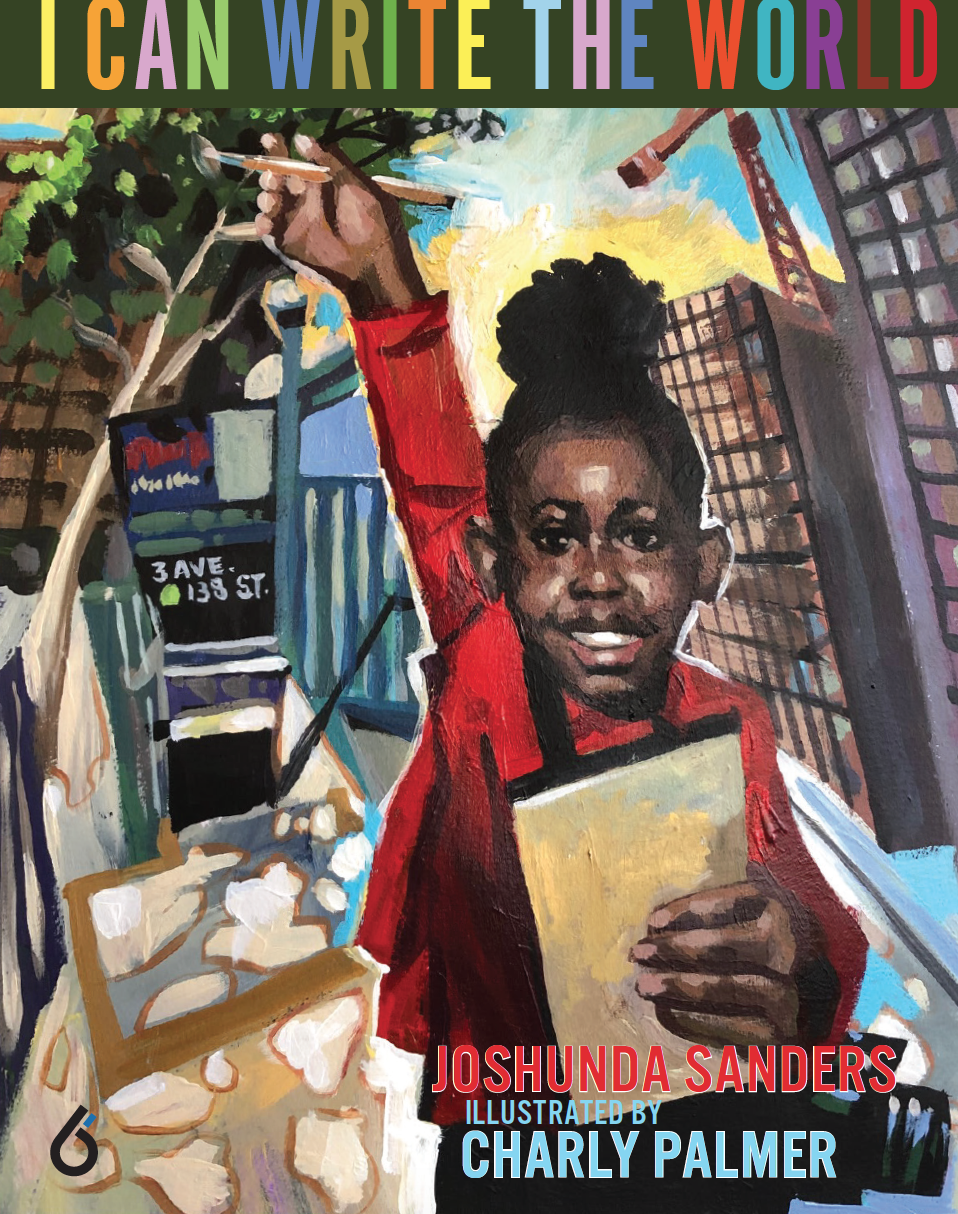I appreciate being in a period of national relief. There is something so calming, even when the world is still in a shambles, about humane leadership. It allows my creative mind, anyway, room to react to events without trying to problem solve or anticipate the next horrific thing.
One result of that has been more space in my mind to reflect and create. One aspect of my life I’ve been thinking about a lot over the past year has been my connection to The Bronx and why I am so attached to it as a site of my fiction and creative nonfiction, why it is a place that, when I lived far from New York City, pulled me back to it. I think I understand better having written this piece on Medium, but I’m not sure. It may be constantly changing like everything else.
Here’s an excerpt:
It feels like the least a Black woman can expect in the way of belonging and safety in 2021 is to not stand out from the crowd in an era of white nationalist fervor and anger. I want that sentence to mean less in the wake of this historic week but I fear it means more.The safest option, even when the world is quarantining during a pandemic, is to not make oneself more of a target for surveillance or harassment.
In the before times, I found subtle ways of trying to take up less space knowing I would be in a situation, or traveling to a place, where I would be The Only One or One of The Onlies. The stress of living in a cauldron of constant chaos and upheaval is offset by the relief of not having to navigate multiple reactions to my Blackness and my womanhood and their intersection, which seems to be the most intimidating and off-putting fact of my existence of all.
Staying in my lane, or my neighborhood, has become my safety, my insurance. My safety is that I am surrounded by others who more or less expect me to be here. That expectation is reassuring, because when white people are surprised by Black people, the Black people end up dead or in prison. It probably helps that I don’t move that quickly, since there’s a lot of me to move around. Even if I were to be one of those sudden movement types, there is, after all, a police precinct up the street. That said, I am not often made to feel like a suspect in my neighborhood, though I wonder if the Black men in my neighborhood would say the same. I bet even the famous ones would tell a different story.
I wonder: Do you feel like you belong to the place where you live? Why or why not?

 What Lauren did not know, I don’t think, is how deeply I love the New York Public Library.
What Lauren did not know, I don’t think, is how deeply I love the New York Public Library.












